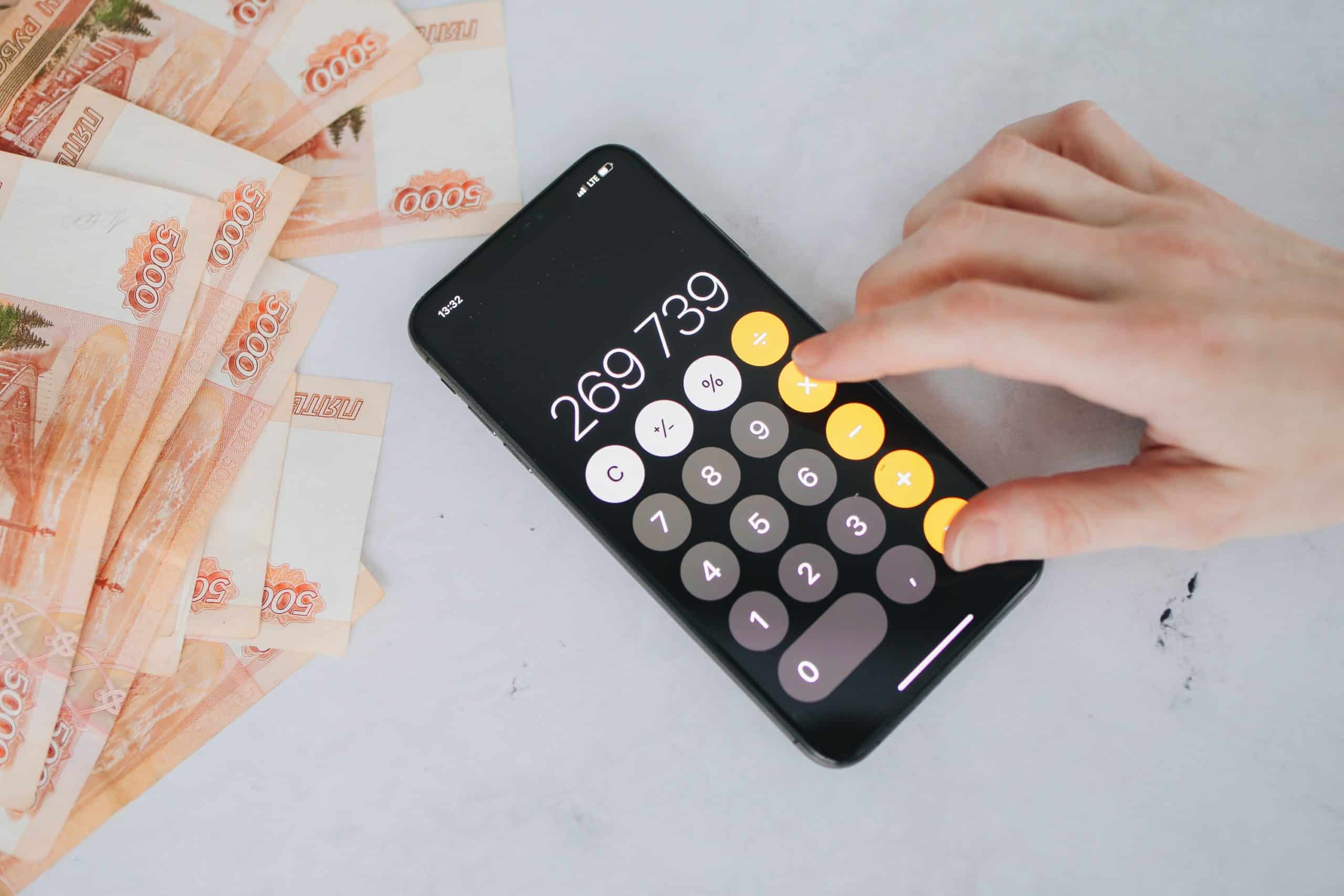
Transferring money to and from Scandinavia
Just because of the good relations between the Scandinavian countries, it doesn’t mean there isn’t still a lot of friction between them. Having different currencies, as opposed to all using a single currency like the Euro, means each country does not have access to each other’s payment infrastructures.
Bank-to-bank transfers on SWIFT based on bilateral agreements are hardly as convenient or cheap as they should be in the 21st century. It feels wrong to pay a premium to transfer money to Denmark from Sweden when they’re so close. This is often why the topic of crypto is regularly brought up, though crypto isn’t necessarily the answer either. We can examine the inefficiencies by looking at the costs involved.
Breakdown of fees and markups
When sending money from bank to bank across the border, we are usually faced with two types of costs. Firstly, there is the cost of moving that money over the border, which the bank is charging for conducting a secure transfer that requires heavy SWIFT infrastructure. This is often around a flat 300 Krona fee or thereabouts.
The second type of fee is due to the exchange of currency. Here, the bank charges a percentage as this is a more standard way to cover currency risk. The difference between the exchange rate that the bank gives you and the actual mid-market “real” exchange rate is called the markup. The markup for banks vary, but they often charge around 3-5%, and they don’t like advertising this cost all that much.
Finally, another cost is an indirect one: time. According to the Swedish Consumers’ Banking and Finance Bureau, it takes up to five days for SWIFT payments to process between Scandinavian countries. This can be costly for businesses who need to make immediate payments or else are charged fees, and it’s also ambiguous. Both the spreads and the delivery date are often a mystery to the sender, and this isn’t good enough.
Below are the top 5 ways to transfer money to Sweden, Norway, Denmark, Iceland and Finland.
Money transfer services
The best way to transfer money abroad and across Scandinavian borders is through a money transfer company. These are specialized firms that specifically tackle cross-border payments with the latest financial infrastructure, using tricks to avoid using SWIFT whenever it can.
A money transfer company often charges no fee, and an exchange rate markup of around 1% or less. Furthermore, delivery is often instant, signing up is free and quick, and they can even set up virtual bank accounts across all Scandinavian countries within seconds. Bank details and the lot, so you can receive money into them for free. Stick to highly rated and popular services if you want the best money transfer service.
Banks
As described above, banks are some of the most costly and time-consuming companies when transferring money overseas. A transfer of money to Norway of 50,000 Kr may cost a 300 Kr fee plus a 2,500 Kr markup. It likely costs the same amount to send money to Sweden from Norway as it does to Australia.
The only benefit that banks offer is security, of course, and convenience in that we all have a bank account already. Though after regular use, they lose this convenience factor, because of outdated security protocols and the apps are usually more clunky than their fintech rivals. Avoid banks when looking for a cheap foreign currency transfer.
Electronic wallets (PayPal)
Electronic wallets on paper seem like they should solve this friction issue, but far from it. Companies like PayPal are charging a 3.75% markup for the Norwegian Krone, for example, making it expensive to transfer money to Norway – or anywhere for that matter.
Many use PayPal for the convenience and to some extent, anonymity. Sending money with just an email address does have its benefits. Transfers are also fast and secure, which is worth something. But ultimately, it’s totally unequipped to deal with multiple currencies. You cannot even withdraw money in a different currency to your base one, and exchange upon sending overseas is as costly as banks.
Brokers
Brokers are a bit like money transfer companies, only they’re less focused on hiring fintech app developers and more focused on having experienced brokers to serve you over the phone. Markups and fees are low, just like money transfer companies, but they serve a different purpose. They’re there to help execute more sophisticated transfers, like forward contracts, or regular large transfers. So, these are great options for investors and businesses, and they work great in conjunction with money transfer companies.
Crypto
Crypto also has some incredible advantages, much like money transfer companies. In theory, blockchain does solve the issue of friction between borders – it is totally borderless in isolation. Except, we don’t use it in isolation. Sure, a firm could transfer money from Norway to Denmark using Ethereum to enjoy instant, safe, and free payments to each other.
But, this is idealistic. The reality is that we need to buy the crypto first, and exchanges are charging extortionate markups much as banks do with FX. By the time you have exchanged fiat for crypto, you’ve lost any theoretical advantage they have.
Top 4 money transfer companies
When looking to send money from Sweden, Norway, or Finland, these are the best four options.
Currencies Direct
Founded in 1995, Currencies Direct has built up a strong reputation for being a go-to platform for large transfers. In this sense, they operate between the lines of a money transfer company and a traditional broker – having both an app and over-the-phone service.
Transfers are efficient, fast, and cheap. But, they can also be sophisticated. Business FX and hedging are both available, yet so are the multi-currency accounts. It has it all, and more.
If that wasn’t enough, they also have a Swedish and Norwegian-speaking customer service team, as well as a translated website. This puts them in the minority for all the best reasons; visit Currencies Direct to check for yourself.
Key Currency
Key Currency is a very new company, starting in 2015, but has quickly gained popularity for its fee-free international money transfers and fantastic customer service.
Key Currency requires no minimum trading volume, cheap transfers, but with no app it’s clearly marketed more as a broker. What is a surprising limitation is that there are no FX Options, which is unusual for a company focused on service-led transfers. So, this is a great choice to transfer money from Sweden in large quantities, but not necessarily for sophisticated solutions.
XE
XE was founded in the 90s in Canada. It’s grown to be a huge worldwide business, but its North American focus has meant that it’s a great option for Americans and Canadians.
XE is owned by an industry giant in Euronet Worldwide, but arguably, it’s too big. It can be a little difficult to reach support, and it’s arguably less transparent. No virtual bank accounts either.
But, they’re worthy of consideration due to the strong customer reviews and merger with HiFX. perhaps a little old school, but they offer great solutions like rate alerts, business FX, and hedging.
Remitly
Finally, Remitly is a US company founded in 2011. Being operational in all of Europe almost, Remitly has become a solid option for small remittances. It has a big tech feel to it, meaning the app is well-oiled and reviews score high. Because it’s a money transfer company focused on smaller transfers, it has no hedging, no over-the-phone dealers, and isn’t suited to large transfers. But, this is the ideal option for remittance and door-to-door cash delivery services.
FAQ: Top 4 common international money transfer questions
How do I get a USD bank account to receive USD?
Sometimes, businesses will require a bank account for payments or withdrawals. For example, freelancing company Upwork forces international freelancers to withdraw USD into their EUR banks at a terrible exchange rate – if only you had a USD bank.
The US has a lot of strict financial regulations – it’s impossible to open an official US bank from abroad. But, through multi-currency providers like Wise, it’s possible to open a virtual US bank account that has a US Routing and Account number, and a US bank address. Now, you can receive USD with no forced expensive FX conversions.
Is timing important with foreign transfers?
FX Markets may be open 24 hours, but it’s closed on weekends. This increases the risk for currency providers, because if they give you a perfect rate on Saturday, there are two days of currency risk for them. Of course, they have their own ways of dealing with this, and Revolut among others are known to charge higher fees on weekends.
When it comes to exchange rates, nobody can predict tomorrow’s price. It’s even a stretch to claim today’s price is ‘bad’, because that implies it could or should get better – but who knows? As a result, it’s fine to just exchange your money now without checking rates and markets.
What is a forward contract and do I need it?
If you want to transfer money from Denmark, say, in a month’s time, then it is common to protect against the currency risk. As per the “in the now” sentiment from the last answer, forward contracts are a way to agree on a price close to today’s rate for a future transfer. This eliminates any risk of rates changing in the future just before a large transfer.
Do both I and the recipient need a bank account for an overseas transfer?
The short answer is no. Money can change hands across most borders through many means, not just bank accounts. Money transfer companies aren’t necessarily officially licensed bank accounts, and they can receive and send money to each other. Crypto, PayPal, and Payoneer are some other ways, too (though not recommended).







